I lie awake in the middle of the night. The rain pounds hard against the plastic shutters. The wind roars outside at frightening speeds. The sound of roosters calling is chilling. They know that this is no normal storm. The Yolanda Typhoon continued throughout the night. Luckily, I was with my Canadian/Filipino friend, Grace, at her uncle’s house in Manila. We had no idea how much this Typhoon would affect our trip, not to mention Grace’s family, in the Visayas.
Where are the Visayas?
The Visayas are, simply put, a traveler’s “Tropical Paradise.” Jungle clad islands that dot the bright blue warm waters of the Pacific, are bordered by picture-perfect white sand beaches and swaying palms.
One of the major groups of the Philippines’ 7500 islands, the Visayan Islands, are located in the central region of the Philippines. The major islands here are Panay, Negros, Cebu, Bohol, Leyte and Samar. The largest city in the Visayas is Cebu City, a rather cosmopolitan city compared to those on any of the islands nearby.
Alona Beach Bohol
The Visaya Islands are much smaller than Luzon and Mindanao, and more spread out, thus allowing each island to have its own distinct culture and feel to it. One thing you will notice here, when arriving from Manila, is the laid-back feel to the region. Nothing happens in a hurry, making this region a great place to visit for when you get sick of the hectic pace of Manila.
The people of the Visayas are ethnically different from the south or northern regions of the Philippines. The language, Visayan, is the most obvious difference. Visayans are proud people who, even though are culturally different and speak a different language, still see themselves as “Filipino.”
Getting to the Visayas
When I awoke in Manila, I found an entire nation in confusion. Manila looked fine, but all the news networks were saying that the Visayas were not ok. Yolanda was supposed to have been just a basic typhoon, something that is not new to the people here, but, this time, things were different. My flight was scheduled to leave from Manila to Tacloban, the major port city of Leyte, where Grace’s family lived near to, at 9am.
Upon arriving to the airport, I was shocked by the masses of people standing outside the Departures hall. The neon lit departing site read “All Flights Cancelled.” I rushed to the help desk to ask what had happened, and, like everyone at this time, they knew nothing of what was going on, only that something had happened.
There are only three options for getting to the Visayas from Manila. One is to endure a painful 30 hour bus and ferry ride to Leyte. Another is to hope on an equally long ferry to Cebu. Both these options were also not functioning at this time. The third option is to fly.
The Filipino Diet, Dried Fish Found Everywhere
The help desk said my only option was to take a flight the next day to Cebu and figure things out from there.
First Stop Cebu
The flight from Manila to Cebu did indeed take off the next day. We were one of only a few flights that did take the risk of flying. After ascending through the tail end of the Typhoon that was still ravaging northern Luzon, we broke free of the clouds into a bright and sunny setting. The flight took just over an hour to Cebu.
We landed in Cebu at around 11am. The city had a chaotic atmosphere. The airport was filled with Nuns and relief workers who were all heading out to Leyte. One of the Nuns we had stopped to talk with had told us Tacloban City was completely destroyed, but that Grace’s hometown, nearby Palompon, was okay.
Leaving the airport and entering the city, we found Cebu to be rather untouched by the Typhoon. Other than a few broken street posts and rubbish laying around, it looked good.
We wanted to get to Leyte, so we headed down to the docks. Leyte was not so far from Cebu, so we thought we could get on the next ferry. Wrong! All ferries were suspended.
Getting to Bohol
Knowing the Grace’s town had survived, and was unreachable at this moment, we decided to head to Bohol, located just south of Leyte. From the same docks in Cebu, there are a few boats heading to Bohol. Lucky for us, one of the fast boats were leaving in one hour.
Sunset at Alona Beach – Bohol
The oddly named “Super Cat” boat crosses the waters between Cebu and Tagbilaran, the Capital City of Bohol, three times a day. For about 1000 peso ($20 US), you can sit in the luxury class. Or, you can pay half that price and you get a seat very similar to the upper class. The entire trip takes around 2 hours. All the while, you pass by uninhabited islands. Sometimes you can even spot dolphins.
We arrived to Tagbilaran port in the late afternoon with almost no plan. Grace’s family had mentioned to us that Panglao Island was a “must see.” So, since we had no plan, we decided to check it out. We arranged a motor rickshaw for around $10 US to drive us the final 45 minutes to our destination.
Panglao Island
We slowly meandered down the cracked road through the dense jungles of Bohol’s interior. Every so often, we would get a glimpse of Bohol’s stunning coastline through the foliage. Just as I was beginning to lament about how the day seemed to be dragging on, our Rickshaw broke down. It was nothing the people living on the farm up the road could not fix, however!
Bike fixed, we finally arrived to Panglao Island. Panglao is indeed a separate island, but it is so close to Bohol that only a small bridge separates the two. Panglao Town consists of a few spread out guesthouses and a few shops in its downtown.
Back Roads in Bohol
We chose to stay at the Alona Grove Tourist Inn on, you guessed it, Alona Beach. This guesthouse gives you your very own nipa hut, which, of course, comes with unpredictable hot water, and internet that is also quite unpredictable.
The next morning, we rented some snorkel gear and swam out to the house reef of Alona beach. Watch out for boats! The coral here is stunning; you will see plenty of sea turtles, triggerfish, and the odd barracuda.
Heading out deeper, I noticed some men who were free-diving. I approached them to see what they were diving for. Turns out, they were sea gypsies who were diving for sea urchins. They said it was easy just dive down, pick them up with a golf ball retriever and put them in the bag. Easier said than done! The sea urchins were down about 15m, and bringing them up was a bit of a balancing act.
We managed to retrieve about ten urchins. The sea gypsies then showed me how they shake the burlap bag the urchins are in vigorously until all of the spiny thorns break off. At this point, you can pry them open by hand and eat them raw. Ignoring the strange looking texture, they are indeed delicious.
Diving in the Philippines
The first few days on Panglao I decided to do a few dives. I found a shop near Alona beach offering two days for 30 $US. Its name was Bohol Fun Divers. The shop took me out early morning on a small white catamaran to a few dive sights nearby. The coral reefs here are in remarkable condition considering the use of dynamite fishing in this area.

Large groupers, eagle rays, and swirling Barracuda are just a few to name of the diverse marine life here.
Both dives I did were drift dives along a reef wall at about 15 – 20 m. As you float along Keep an eye out for colourful slugs, and other smaller critters amongst the reef. There was only me and three other divers on the whole boat! so the dive felt like it was great value.

Diving, Whale Sharks and Cock Fight, Philippines Travel Video!
Bohol Tarsier Sanctuary
When you arrive in Bohol, there is one thing you will notice; the big-eyed Tarsier monkeys. Those cute, bug-eyed creatures are being advertised everywhere; on signs, as mascots, and in souvenir shop in the form of plush stuffed animals. One thing you will not see however, is these cute cuddly guys crawling all over the island. Because of their popularity, they are kept mostly in a sanctuary these days.
The Elusive Tarsier
The Bohol Tarsier Sanctuary is pretty much just a huge fenced of area of Bohol’s natural jungle, making these Tarsiers semi wild. You can indeed get up close and personal with the Tarsiers. Getting a good look at these slow moving primates, while still keeping enough distance so as not to startle or harm them, is essential to keeping them “semi-wild”.
To get to the Bohol Tarsier Sanctuary, it is best just to hire a car, or motorbike. We ended up renting a car and made a day trip of it. We began by checking out the Tarsier Sanctuary, then visiting a small village named Loboc, famous for its bridges and nearby zip lines.
After Loboc, we made a quick stop to see the church in Baclayon which has been partly destroyed by the earthquake, making for an apocalyptic kind of atmosphere. Our last stop was the Chocolate Hills.
The Chocolate Hills
Mention to any Filipino that you are going to Bohol, they will cheerfully smile and yell out “Chocolate Hills!” For some odd reason, these brown colored lumps of lava rock, forming hills reminiscent of, true to their namesake, chocolate, have a special place in every Filipino’s dear heart.

Approaching the Chocolate Hills of Bohol, l I was not sure what to expect. Everyone in this country had told me that I, without a doubt, could not miss them. Grace and I climbed to the viewpoint that overlooked the hills. At the top, you get a 360-degree look over the area’s many chocolate brown hills. To be honest, the hills themselves are interesting, but not mind blowing. What I really enjoyed here is seeing the countless Filipino tourists here, connecting with a piece of their heritage and culture.
Wanting to get a little more out of the hills, we continued along the “trail”, which turned out to be a path under construction for the new Chocolate Hills Zip Line that will open in the future. This path offers a few more interesting views of the surrounding area.
Earthquake Damage in Bohol
Swimming With Whale Sharks in Cebu!
If you asked me what my highlight of the Philippines was, I would most defiantly tell you it was swimming with whale sharks. I am a PADI Dive Master, with over 300 plus dives under my belt, and I had never seen this elusive beast.
The next morning, we woke up early to catch one of the whale shark tours that leave from Alona Beach at 5am to Southern Cebu. The boat ride here was beautiful. We passed by small, uninhabited islands that resembled white gems dotting the emerald-blue sea. Dolphins followed alongside our white, rickety boat, and the odd giant jellyfish drifted near to the surface.

In the distance, Cebu’s large peaks come into view. Getting closer to the island gives off a real sense of adventure. Finally, we arrived to a small shack village that advertises the chance to finally swim with the whale sharks.
Before we were allowed to get in the water, we were given a strict set of rules to adhere by. We were not to touch of the whale shark; we had to keep at least 5m from them at all times. For me, having these rules in place made me incredibly happy, as I knew that it was in the best interest of the whale sharks. Nevertheless, I was still wondering, how do they get the whale sharks to come here?

It turned out that, for some time now, anglers in these areas have been feeding these curious creatures and have developed a relationship with them. The whale sharks, knowing that they can get a free meal, come here daily rather than looking for food elsewhere. They can only be seen seasonally, however, as they go elsewhere when they are breeding.
The fisherman took us out a ways into the ocean and began calling the sharks by names. Yes, they do in fact know these ones by their specific names! After a few minutes, the giants began to emerge from the deep. Getting in the water was surreal. After so many dives looking for just one whale shark, I was now surrounded by over ten of them!
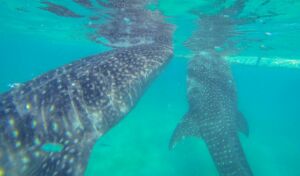
They gulped down the angler’s food like cattle grazing in a pasture. They were friendly, and very calm around us travellers, who were losing our minds over this experience. After thirty minutes, when all the food was gone, the whale sharks slipped back down to the depths of the ocean.
Leyte – Yolanda Devastation, and Cock Fighting
Returning back to Alona Beach, Grace got word from her cousin that Palompon was now accessible from Cebu. Knowing this, we rushed back to Cebu City that day, and met one of her cousins there.
This is where I was introduced to Kent, Grace’s first cousin. Kent told us of the situation in Leyte, and it was not good. The island had suffered extensive damage due to the Yolanda Typhoon. There was very little food or water. Therefore, we stalked up on food, water, and, of course, sweets, because I could not resist the Cinnabon in the mall.
The ferry was packed with hundreds of people who were also bringing over supplies to the disaster zone. We were given a small bed on the open deck of the boat.
Damaged Streets from Yolanda Typhoon, Palampon – Leyte
The boat pulled in to Palompon harbor at 3am. Pushing past the crowd to the docks, we were pleasantly surprised to be greeted by Grace’s entire family. Nanay, Tatay, cousins, uncles, and aunts, they were all here.
In the morning, Grace’s uncle lent us his scooter so we could explore the island. What we saw was the scene of absolute devastation. The majority of the trees had fallen down, covering most of the roads. Houses had simply crumbled into a pile of rubble. In Palompon city, live power lines lay across the streets.
Even with all this devastation, life seemed to be continuing in somewhat of a normal manner. The markets were well stalked with the morning catch of fish, shops were open, and even the satay stalls were hawking their skewers. We even saw Tatay walking with two large jugs of Tuba (local palm wine).
There was one thing I wanted to see while I was here. Tatay had always told me about how passionate Filipinos were about Cock Fighting. That afternoon, Tatay took me to the Cock Fighting Arena, which had withstood the Yolanda Typhoon.
Tatay brought a rooster, which we named Mucho Luchador. First, you pay your 2-dollar entrance fee, grab a San Miguel beer, then find your local black market bet dealer, whom with you place your bet on the upcoming battle.
Our rooster was up against another rooster named Yolanda, named in the spirit of recent events. The birds are dropped into the ring and the crowd goes wild as these angry birds begin to battle. If you have ever wondered how they fight, they have a three-inch sharp blade attached to their ankle. Because of this blade, the fight usually only lasts a few minutes. It is indeed inhumane, but it is the local culture. The dead roosters are eaten afterwards. If you win, great! If you lose, Rooster Soup.
Our cock killed Yolanda, and another cock called Manny Pacquiao. I guess I should have called my rooster Floyd Mayweather.
Leaving the Cock Fights, with about $60 US in hand from betting on illegal Cock Fighting, we headed home to have Nanays incredible Squid Adobo.
The Cocks Battle It Out
The next day here, we purchased a pig to slaughter for Grace’s family’s village, as there were many people displaced here who could not afford food. Our pig, named “Mussolini” fed over thirty families here. It was great to be able to give back something to these incredible people other than just my Cinnabons, which Tatay had consumed, pretty much, all to himself.
Graces Amazing Family – Leyte
Useful Information
Location: Visayas, Philippines
Visa: on Arrival for most Nationals
Recommended Guide Book: Lonely Planet Philippines, Tagalog Phrasebook
Useful Tips: Take the Super Cat boats as much as possible, they are fast and efficient.
Recommended Gear: Fjallraven Backpack, Free Diving Scuba Mask, Greenland Wax to make Products Waterproof.
Flights: Cathay Pacific, Philippine Airways. Check out Kayak and Cheapoair
Accommodation: Beach – 15 $US per night. City – 8 $US per night. Check Hostel World
Diving: Bohol Fun Divers
Group Tours: G Adventures
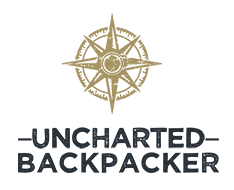
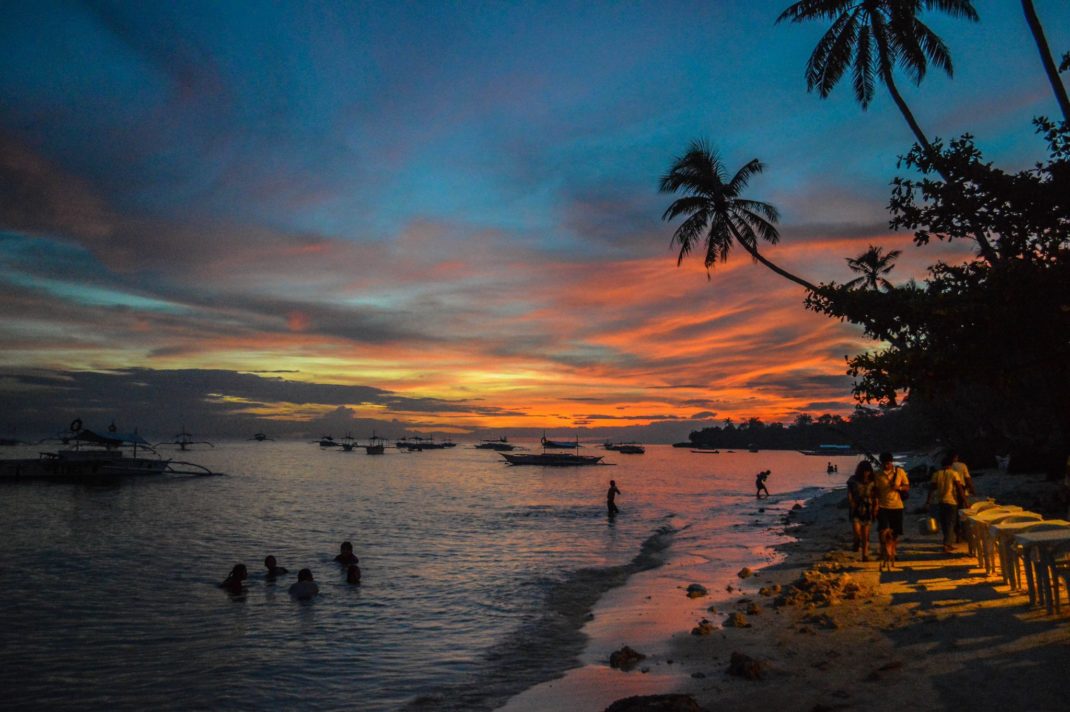






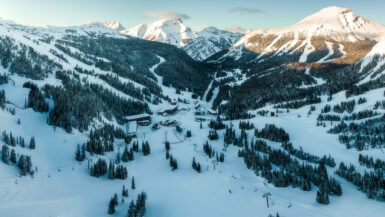
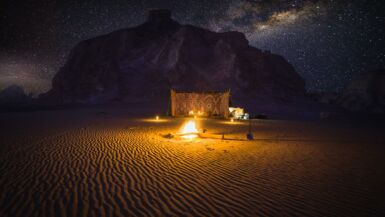
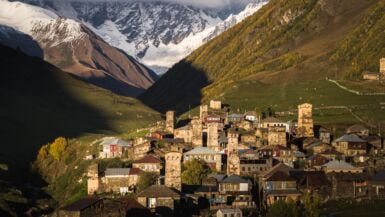
wow very inspiring journey, the pork looks really good, love all the photos.
I love the Philippines! cant wait to go back!